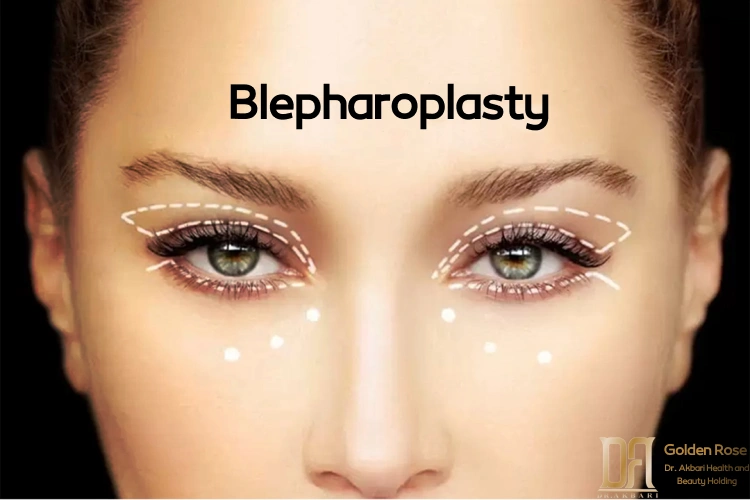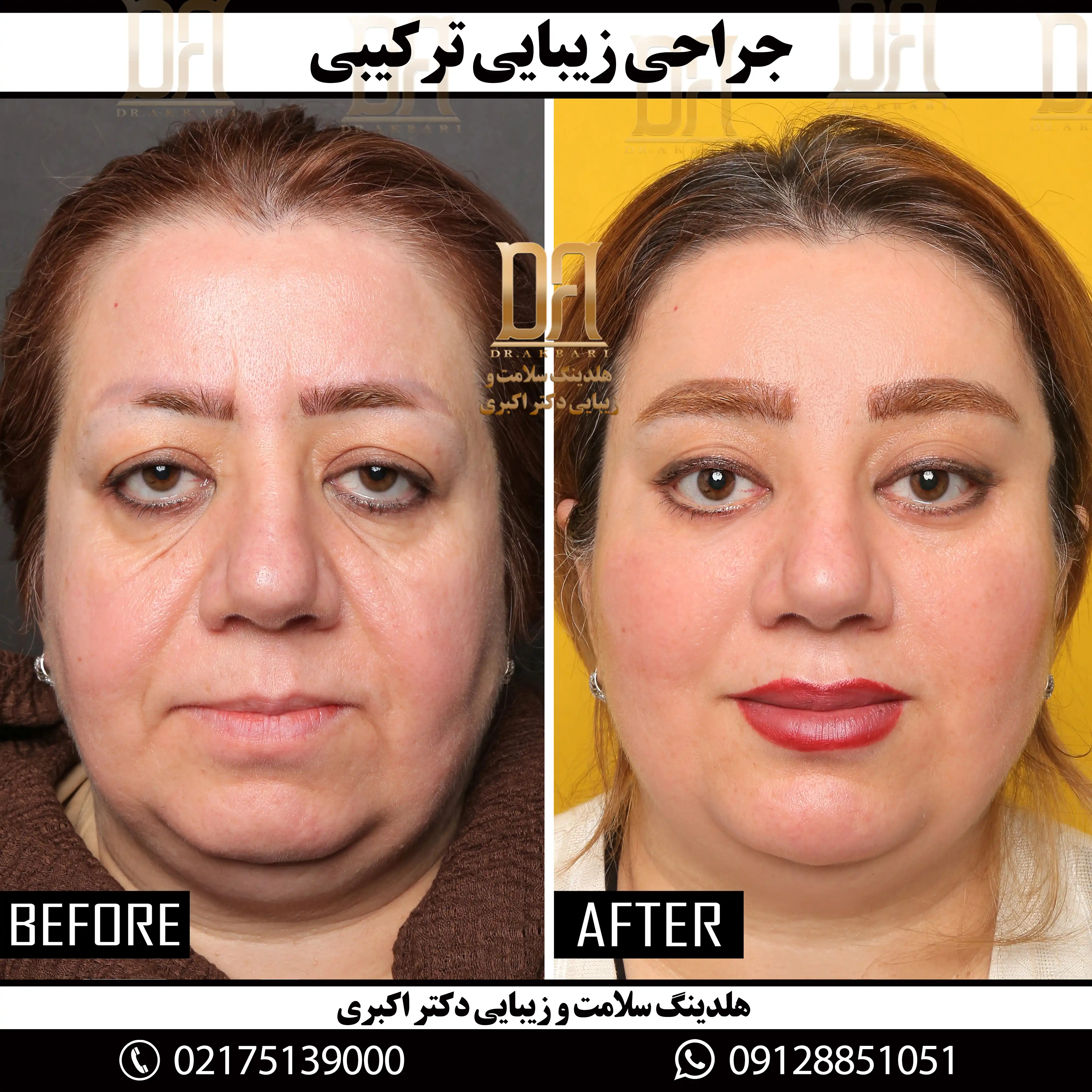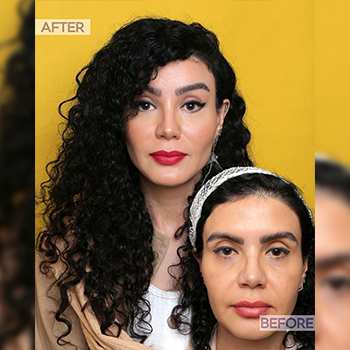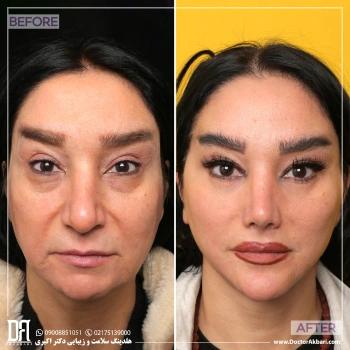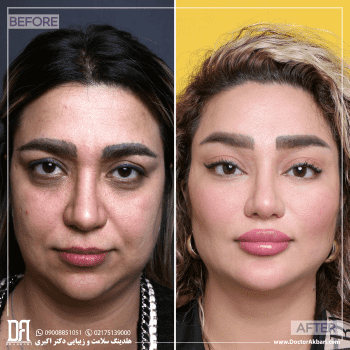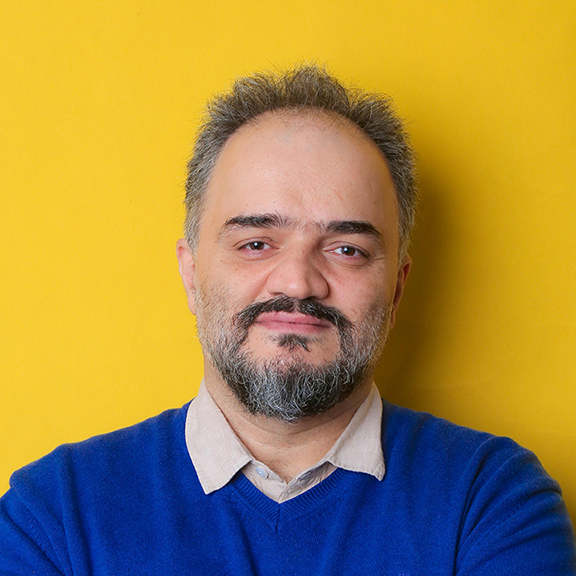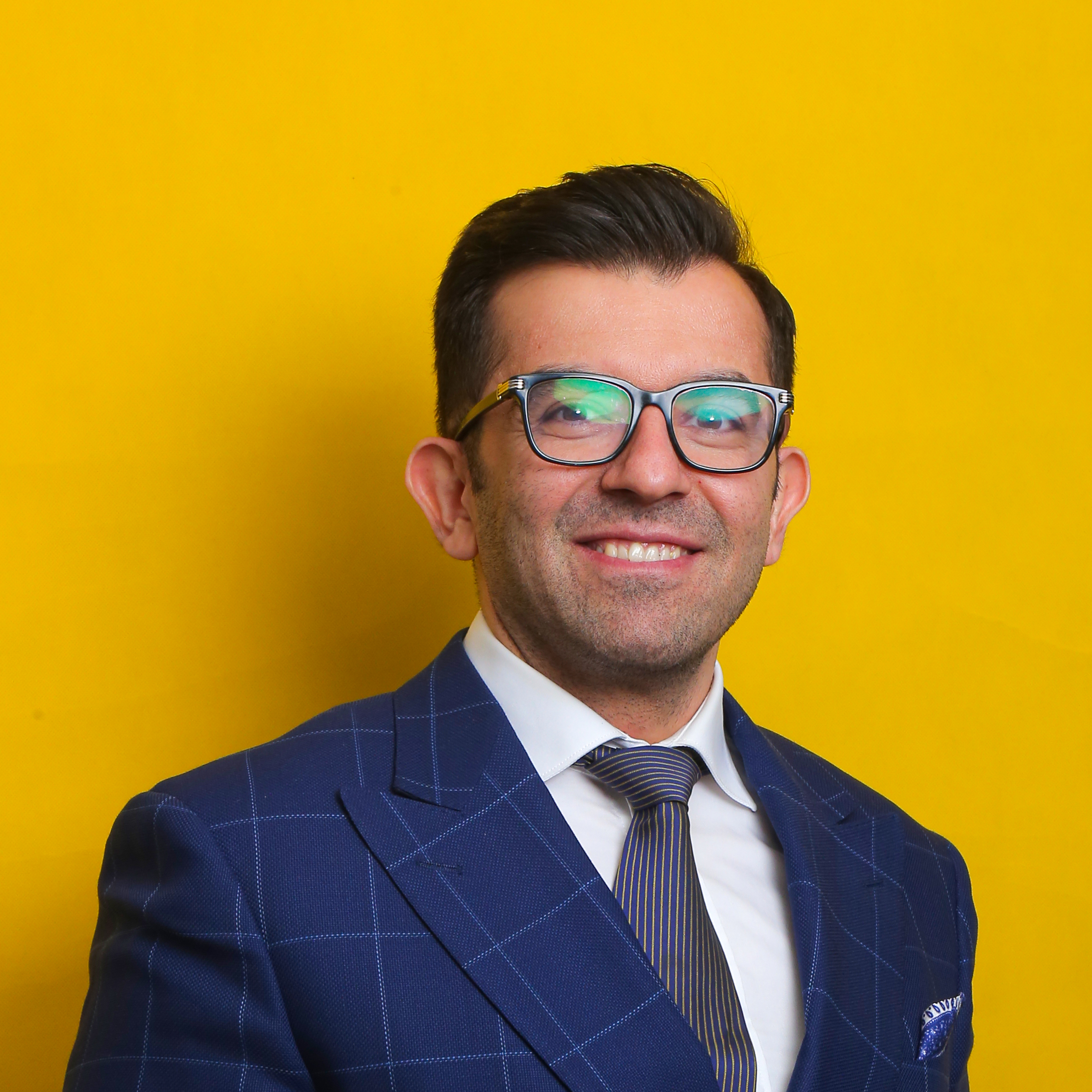Blepharoplasty is a specialized surgical procedure aimed at improving the appearance of the eyelids. This surgery involves the removal of excess skin, fat, or muscle from the upper or lower eyelids. In addition to enhancing the aesthetic appearance of the eyes, blepharoplasty can also improve the patient's field of vision in severe cases. This surgical procedure is highly popular for eye rejuvenation and is typically divided into two types:
Types of Blepharoplasty
-
Upper Blepharoplasty: Removal of excess skin and fat from the upper eyelid to make the eyes appear larger and younger.
-
Lower Blepharoplasty: Removal of excess skin and fat from beneath the eyes to address puffiness and swelling.
Note: These surgeries are typically not recommended to be performed simultaneously with other procedures such as temple lifts or brow lifts, as combining these surgeries may cause excessive tension on the eyelids and disrupt the proper closure of the eyes.
Causes of Drooping Eyelids and Puffiness Under the Eyes
Drooping eyelids and puffiness under the eyes are commonly caused by a combination of factors, as outlined in the table below:
| Factor | Effect |
|---|---|
| Aging | Decreased collagen and elastin production, reduced skin elasticity |
| Genetics | Inherited eyelid structure, accumulation of fat or excess skin |
| Lifestyle | Lack of sleep, excessive salt consumption, alcohol, and chronic stress |
| Muscular Disorders | Weak eyelid lifting muscles |
| Bone Structure | Reduced bone support for tissues around the eyes |
Blepharoplasty Procedure
Upper Blepharoplasty
In this surgery, excess skin and fat are removed from the upper eyelid to create a more youthful, open appearance. The procedure is usually performed under local anesthesia and takes about 30 to 60 minutes.
Procedure Steps
-
Local anesthesia
-
Incision made along the natural fold of the upper eyelid
-
Removal of excess skin and fat
-
Suturing with special sutures
The incision is made along the natural fold of the eyelid to ensure that the scar is not visible after healing.
Lower Blepharoplasty
This surgery is especially useful for treating puffiness and swelling under the eyes. In this procedure, excess skin and fat are removed through an incision beneath the lower lash line or, in some cases, from inside the eyelid.
Procedure Steps
-
Local anesthesia
-
Incision made at the lower eyelid edge or inside the eyelid
-
Removal of excess fat and skin
-
Wound closure with sutures or special adhesive
This surgery typically takes between 45 minutes to one hour.
Risks and Limitations of Blepharoplasty
While blepharoplasty is generally considered a low-risk procedure, it is essential that it be performed by a qualified specialist at a reputable clinic. However, patients should be aware of the following important cautions:
Important Warnings for Blepharoplasty
-
It is not recommended to combine blepharoplasty with temple lifts or brow lifts, as excessive tension on the skin may lead to incomplete eyelid closure and dry eyes.
-
The procedure should not be performed in patients with chronic dry eyes, glaucoma, or thyroid eye disease unless approved by a specialist.
-
Undergoing blepharoplasty with an unqualified surgeon can lead to complications such as double vision, nerve damage, or worsened drooping of the eyelid.
Benefits of Blepharoplasty at Dr. Akbari’s Clinic
-
Performed by a specialist in aesthetic facial and eyelid surgery
-
Use of advanced eyelid surgical tools
-
Detailed pre-operative eye scans to assess structure
-
Strict sterilization protocols and comprehensive post-operative care
Recovery and Post-Operative Care for Blepharoplasty
The recovery period for blepharoplasty is relatively short, but it is crucial to follow all medical recommendations. Most patients can return to their daily activities after 7 to 10 days.
Post-Operative Recommendations:
| Care | Description |
|---|---|
| Cold Compress | Reduces swelling and bruising in the first 3 days |
| Sleep on Elevated Pillow | Prevents fluid accumulation around the eyes |
| Avoid Intense Exercise, Swimming, and Sauna | For up to 2 months |
| Avoid Alcohol, Smoking, and Vaping | For up to 2 months |
| Wear Sunglasses Outdoors | To protect the eyes from sunlight and irritation |
Temporary Side Effects of Blepharoplasty
Most side effects are temporary and subside with time. Here are the most common:
| Side Effect | Description | Duration |
|---|---|---|
| Swelling and Bruising | Common and natural | 7 to 10 days |
| Dry Eyes | Treatable with eye drops | 3 to 5 days |
| Tearing | Normal in the first few days | Temporary |
| Mild Pain | Managed with simple painkillers | 2 to 3 days |
| Sensitivity to Light | Recommend wearing sunglasses | Up to one week |
Cost of Blepharoplasty at Dr. Akbari’s Aesthetic Clinic
The cost of this surgery depends on the type of blepharoplasty (upper, lower, or both), the degree of drooping, and the eyelid structure. Therefore, an accurate cost estimate can only be provided after a specialized consultation.
🔹 To schedule a consultation with an expert blepharoplasty surgeon at Dr. Akbari's clinic, please contact us or complete the appointment form on our website.
Frequently Asked Questions About Blepharoplasty
Is the result of blepharoplasty permanent?
In most cases, the results last for 10 to 15 years, but the natural aging process continues.
Will there be visible scarring?
No. The incisions are made in concealed areas and typically fade within a few months.
Is blepharoplasty painful?
Post-operative pain is minimal and can be controlled with simple pain relievers.
Conclusion
If you are seeking to address drooping eyelids or puffiness under the eyes and wish to achieve a more youthful and alert appearance, blepharoplasty is a smart and scientifically-backed choice. However, the most important factor is choosing a skilled surgeon and a reputable clinic, such as Dr. Akbari’s clinic in the Farmanieh area. This center utilizes the latest techniques and equipment to ensure the best possible results.



